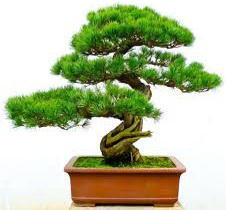Sunday, July 28, 2024
A SHORT MORAL STORY
Saturday, July 27, 2024
DO YOU KNOW
Friday, July 26, 2024
SPORT WITH MUSIC AND DANCE
Thursday, July 25, 2024
AFRICAN STORY
Wednesday, July 24, 2024
PLANTED IN A CONTAINER
Tuesday, July 23, 2024
DO YOU KNOW
What happens when you sneeze?
Sneezing is your body’s way of expelling foreign matter such as dust, pollen or smoke from the nostrils to prevent them from travelling to the lungs and causing harm. When the delicate lining of your nose detects one of these contaminants it instantly sends an electrical signal to the brain.
The brain sends signals to all the parts ofthe body that are needed to help you sneeze. Your chest muscles, diaphragm, abdominals, vocal cords and the muscles in the back of your throat all work together to help expel the irritant.
In most cases, your eyes are forced shut, the tongue moves to the roof of the mouth and the muscles brace for the sneeze.
Sneezing pushes water, mucus, and air from your nose with an incredible force and in the process the foreign matter is removed.
Monday, July 22, 2024
SCARY MYTHICAL CREATURES
Do you know
WHY DOES A CLOCK GO ONLY UP TO 12? Have you ever wondered why most clocks show numbers only from 1 to 12, even though a full day has 24 hour...

-
ANNABELLE The real Annabelle doll is a well-known case of alleged paranormal activity, made famous by Ed and Lorraine Warren, two well-know...
-
WHY IS SUGAR WATER STICKY? Sugar water is sticky because sugar molecules have a strong affinity for water molecules, forming hydrogen bonds ...
-
What is Retro walking? Retro walking is backward walking, usually done as a form of exercise. It is claimed that 100 steps of backwar...


















